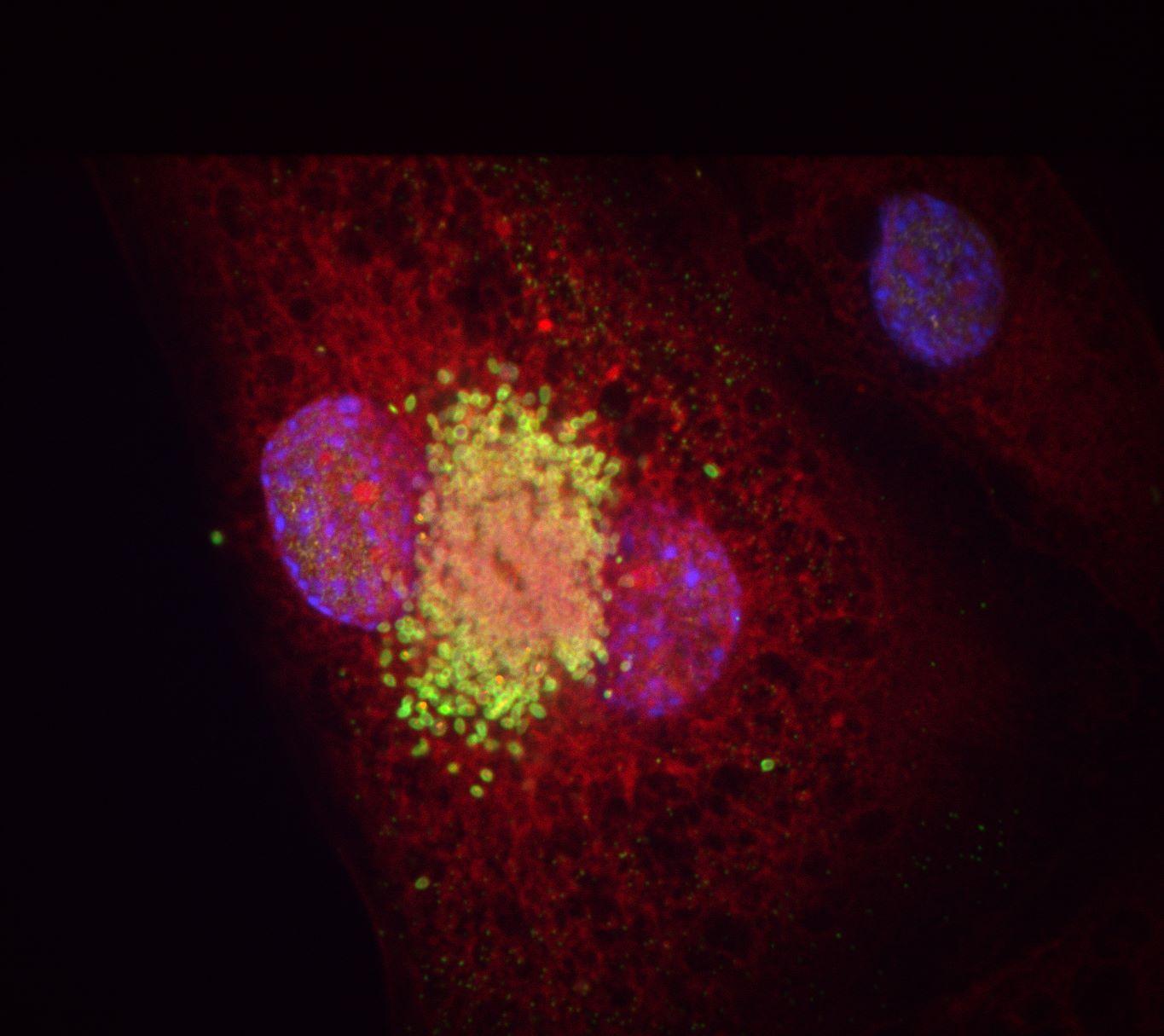
Obligate intracellular bacteria - those only capable of growth inside other living cells - have limited opportunities for horizontal gene transfer with other microbes due to their isolated replicative niche. The human pathogen Orientia tsutsugamushi (Ot) is an obligate intracellular bacterium which causes scrub typhus, a life-threatening disease endemic in many parts of Asia. Around 50% of its genome is composed of repetitive DNA that is derived from the highly proliferated Rickettsiales amplified genetic element (RAGE) that typically facilitates genetic transfer across microbes. This proliferated element is heavily degraded in Ot and was previously assumed to be inactive. The Salje lab have performed a detailed analysis of this element in eight strains of the bacterium, following which two strains were discovered to have at least one intact copy. This implies that this genetic element is capable of moving across Ot populations and suggests that the genome may be more dynamic than previously thought. This has implications for gene-based efforts focused on diagnosing and combatting scrub typhus.

